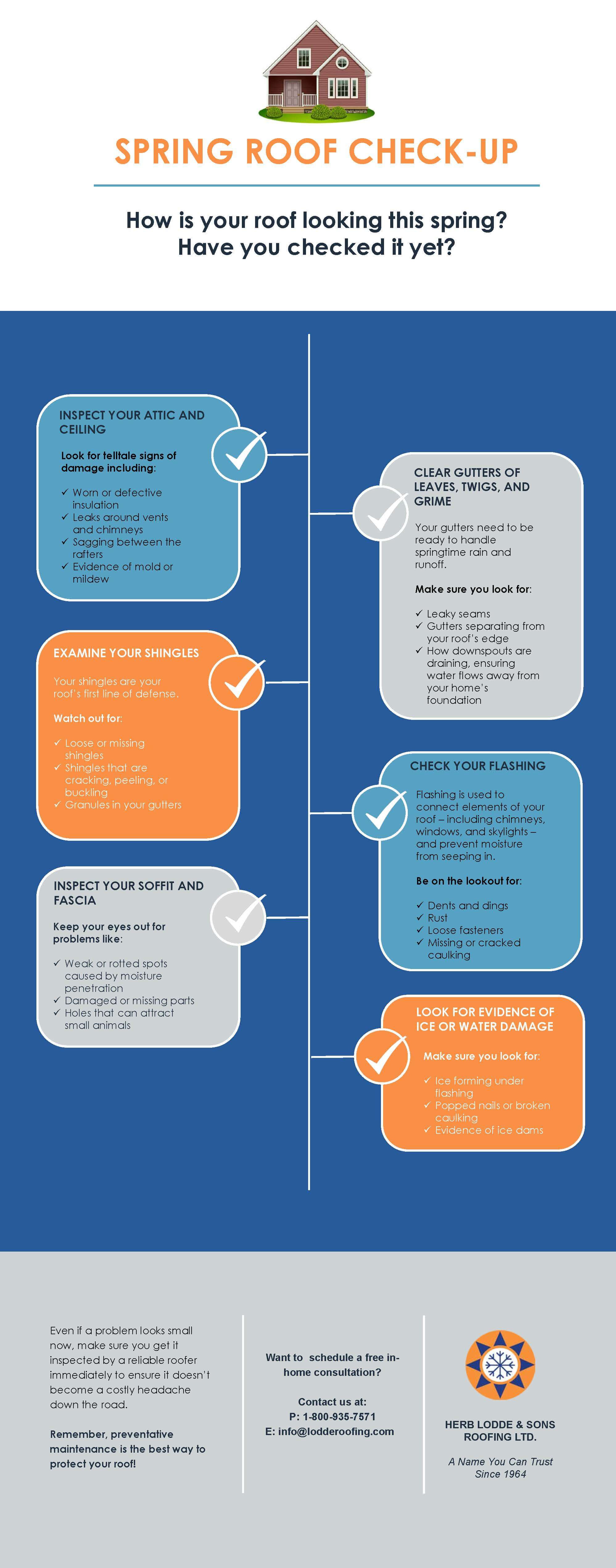Find Out Exactly How Different Weather Affect Your Roofing Installation And Make Sure A Work Well Done
Find Out Exactly How Different Weather Affect Your Roofing Installation And Make Sure A Work Well Done
Blog Article
Author-Jantzen Mouritzen
When it comes to roof covering setups, the climate can make or damage the task. Picture the disappointment of handling products that will not cooperate due to extreme warm or battling unsafe surfaces caused by unexpected rain. Understanding the impact of weather on your roof covering job is vital for a successful result. So, let's explore how various weather aspects can affect the high quality and durability of your roof setup, guaranteeing a job well done.
Effect of Temperature Level on Roof Setup
When it concerns roofing system installation, temperature level plays a critical duty in the process. The perfect temperature for roof covering projects usually falls between 45 and 85 degrees Fahrenheit. Severe heat can create products like roof shingles to end up being as well flexible, resulting in possible damage throughout installation. On the other hand, cold temperature levels can make materials weak and prone to splitting. It is essential to set up roofing system setups during modest temperature levels to guarantee the very best result.
During cooler weather condition, contractors might need to take added safety measures such as making use of heated devices or enabling products to heat up prior to installment.
On the other hand, heat might need job to be done earlier or later on in the day to stay clear of the peak temperature levels. By thinking about the temperature level and its results on roof covering products, you can assist guarantee a successful installation that will endure the elements for many years to come.
Impact of Rainfall on Roof Projects
Roofing tasks can be substantially influenced by precipitation, impacting both the timeline and the high quality of the installation. Rain or snow can create slippery problems, making it harmful for contractors to work with a wet surface area. Furthermore, wetness can compromise the attachment of products like shingles or underlayment, causing potential leaks or damages in the future.
If it rainfalls during a roofing job, the water can permeate into vulnerable areas, creating delays as the installment team should wait for the roof to dry before continuing. Excessive wetness can also promote the growth of mold and mildew and mildew, further jeopardizing the honesty of the roofing.
To prevent these problems, it's suggested to arrange roof tasks during drier periods or keep track of the weather forecast very closely to prepare about any potential rainstorms. By taking preventative measures to work in beneficial climate condition, you can guarantee a smoother and more effective roof covering installment process.
Impact of Wind Rate on Setup Success
Throughout roofing system installment, the speed of the wind plays a crucial function in identifying the success of the project. High wind rates can posture considerable challenges to contractors, potentially bring about security dangers and high quality problems. When wind rates go beyond suggested limitations, it ends up being hard to handle materials, boosting the danger of mishaps and damages to the roofing products. Solid gusts can likewise influence the precision of dimensions and the accuracy needed for correct setup.
To guarantee a successful roof covering installation, it's vital to keep track of and think about wind speeds. Preferably, roofing system installment must take place on days with reduced to modest wind rates. This not only enhances the safety and security of the workers but likewise improves the overall high quality of the installation.
Roof jobs arranged during tranquil weather conditions are most likely to be completed successfully and with fewer errors. By paying attention to wind rate projections and planning as necessary, you can aid ensure a smooth and successful roof setup procedure.
https://www.machinedesign.com/markets/robotics/article/21838161/robotic-flying-drone-designed-to-nail-down-roofing-shingles , when it involves roofing setup, bear in mind to consider the weather conditions to make sure a successful work. Ideal temperatures, completely dry conditions, and moderate wind rates are vital factors to prioritize for a smooth installation process. By arranging your job during the very best periods and optimal weather conditions, you can attain a durable and lasting roof that will shield your home for years to find.
